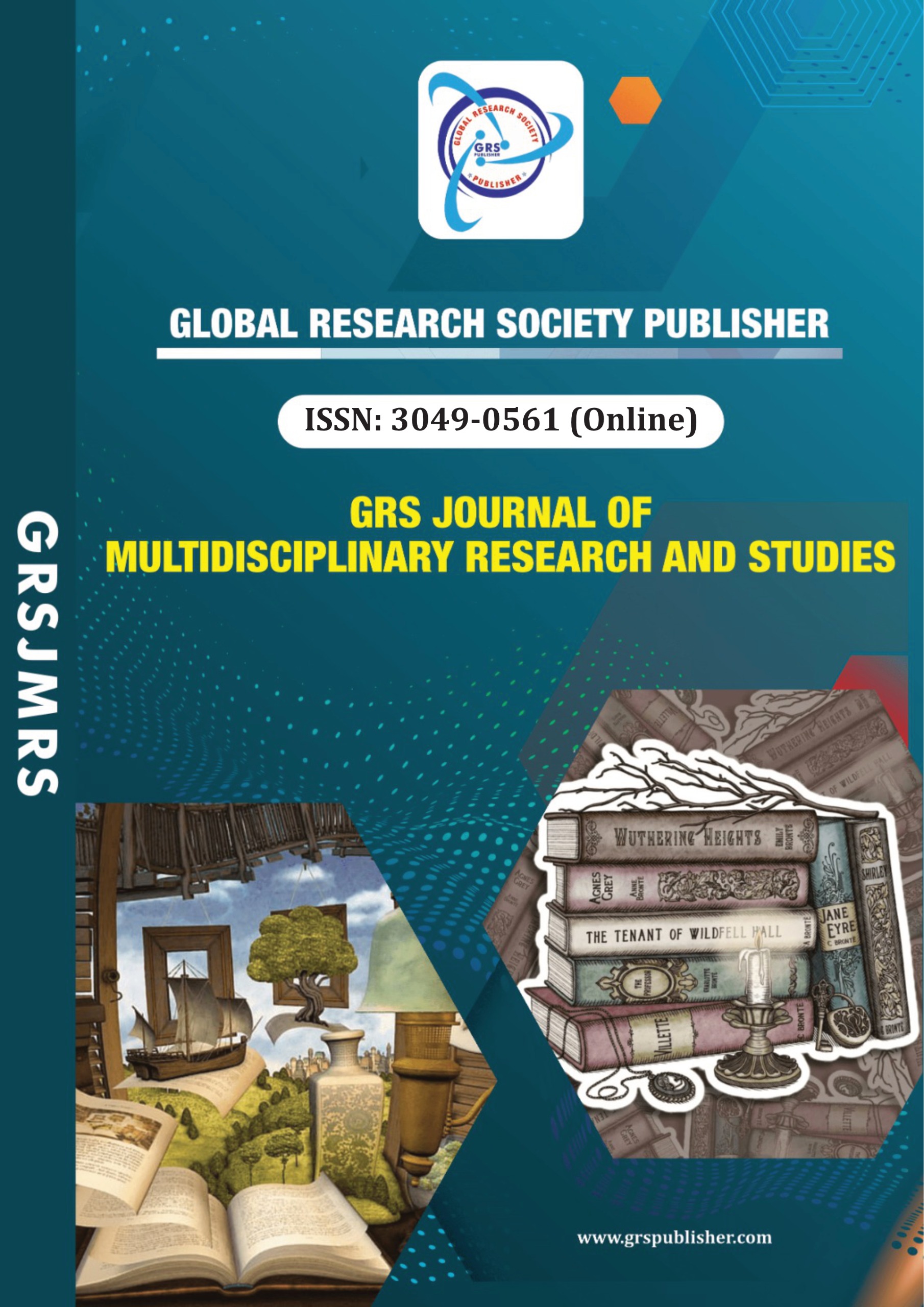Baobab: A Concise Review of Botany and Agricultural Innovation For Sustainability
Sr No:
3
Page No:
12-20
Language:
English
Authors:
Selvaraju Sivamani*, Lakhyar Al-Amri, Saikat Banerjee, Nishat Fatima, Sudha Ramani, Anitha Vijayasundaram,
Published Date:
2025-04-07
Abstract:
The baobab tree (Adansonia) is an iconic species known for its unique morphology, remarkable longevity, and critical ecological role. Originating approximately 80 million years ago, baobabs are primarily found in certain tropical regions. This paper explores the botany and agriculture of baobab trees, highlighting their essential contributions to local ecosystem and culture. The tree is often referred to as the tree of life due to its ability to store water and provide sustenance through its nutrient-rich fruit. However, modern challenges such as climate change, overharvesting, and habitat loss threaten the future of these ancient trees. Conservation efforts and sustainable practices are crucial for preserving baobab populations, which hold significant ecological, cultural, and economic importance. By examining scientific research and regulatory frameworks surrounding baobab use, this paper advocates for a balanced approach to harnessing the benefits of baobabs while ensuring their long-term survival.
Keywords:
Baobab tree, Historical development, Geographical distribution, Botany, Agriculture, Regulatory aspects.
Journal: GRS Journal of Multidisciplinary Research and Studies
ISSN(Online): 3049-0561
Publisher: GRS Publisher
Frequency:
Monthly
Language:
English

